Hypoglycaemia
(modified from Australian Diabetes Council Diabetes –What you need to know Chapter 14)

Factors
- Delayed or missed meals
- Not enough carbohydrate in the meal
- Extra activity or more strenuous activity
- Too much diabetes medication
- Alcohol
Signs & Symptoms:
- Dizziness/light headedness
- Sweating
- Headache
- Weakness, shaking
- Tingling around the lips and fingers
- Hunger
- Mood changes, irritable/tearful
- Confusion/lack of concentration


If not treated the blood glucose levels can continue to drop, resulting in:
- Loss of coordination
- Confusion
- Slurred speech
- Loss of consciousness/ fitting
Treatments
If you feel any of these signs and symptoms, test your blood glucose level if possible. If you are unable to test, treat anyway. Treatment for hypoglycemia in a person who is conscious, cooperative and able to swallow:
STEP 1:
Take quickly absorbed carbohydrate
- Half a glass of juice OR
- 6 to 7 jellybeans OR
- Half a can of regular (not diet) soft drink OR
- 3 teaspoons of sugar OR honey
Retest the blood glucose level after 10-15 mins. If still below 4 mmol/L repeat Step 1
STEP 2:
If your next meal is more than 20 minutes away, follow up with more slowly absorbed carbohydrate
- 2 plain biscuits
- 1 slice of bread
- 1 glass of milk or soy milk
- 1 piece of fruit
- 1 tub of low-fat yoghurt
If the person having a hypo is unconscious, they must not be given anything by mouth.
- Place the person on their side
- Make sure the airway is clear
- Ring 999 or if using mobile, ring 112 for an ambulance stating “diabetic emergency”
- An unconscious person must not be left alone
- If you are able and trained, give a Glucagon injection

Important points for the person at risk of hypoglycaemia
- Always carry “hypo” food with you
- Carry identification to say you have diabetes
- Test before driving, before and after exercising



Testing
Thankyou for your feedback.
What is the cause of hypoglycemia and how can it be prevented? Check out the discussion on MyManis website.